Everyone grows up eating something that might seem a little strange to someone else. Those dishes usually have a strong connection to family traditions or memories of sitting around the kitchen table. If you’re used to them, they’re comfort foods. If you’re not, they might just seem different — or maybe a little confusing.
The foods on this list aren’t weird on purpose; they’re just the kinds of meals that tend to stick with you if they were part of your childhood. Whether they’re tied to specific regions, family backgrounds, or holidays, they’re exactly the sort of thing that makes people nostalgic. You don’t need to love them, but it’s easy to see why plenty of people do.

1. Creamed chipped beef on toast (SOS)

Creamed chipped beef on toast, or SOS, is classic diner and military comfort food. It’s dried beef that’s sliced thinly, cooked in a basic white sauce, and served warm over toasted bread.
The beef is salty straight from the package, so rinsing it quickly in water first helps mellow that saltiness. Dry it off, then sauté briefly in butter. Sprinkle flour directly into the pan to form a simple roux, whisk in milk until thickened, and season with black pepper.
Toast regular sandwich bread until golden but not overly crisp, since softer toast absorbs the sauce better. Serve the creamy beef mixture generously spooned right on top. It’s quick, filling, and nostalgic.
2. Pickled herring
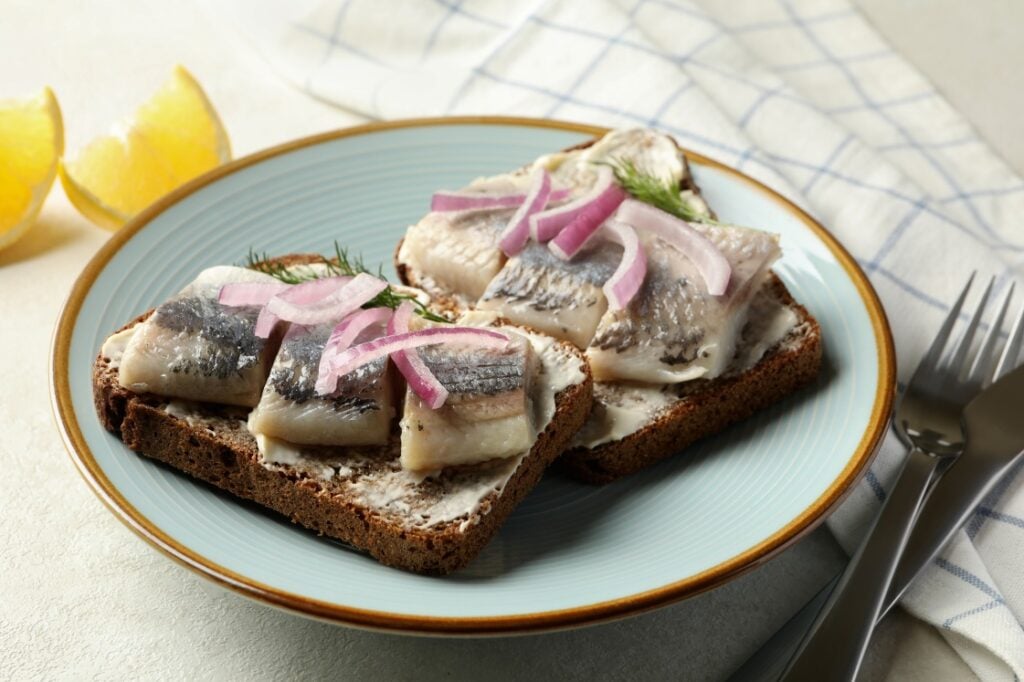
Pickled herring tends to divide people into two groups: those who grew up eating it, and those who definitely didn’t. If you’re thinking of making it at home but feeling unsure about working with salted fish, it’s actually pretty straightforward.
Start by soaking the salted herring fillets in cold water overnight to cut the saltiness, then slice into smaller pieces that soak up flavor better. A simple pickling brine usually includes vinegar, water, sugar, and sliced onions, plus spices like mustard seeds or peppercorns, depending on your family tradition.
Let it chill in the fridge for at least a couple days before serving — typically cold, on rye bread, crackers, or alongside boiled potatoes — to get the taste and texture just like you remember.
3. Cannibal sandwiches

Cannibal sandwiches are raw ground beef sandwiches, often served open-faced on rye bread with sliced onions, salt, and pepper. They’re most common around the holidays, especially in Wisconsin and other parts of the Upper Midwest.
Making these safely at home is straightforward, but choosing quality beef is key. Get fresh, lean ground sirloin from a butcher you trust — ideally ground the same day.
Serve immediately after preparing, and keep portions small. The bread matters too; fresh rye is traditional, but you can use sturdy white bread if that’s what you have. Add thinly sliced raw onions and just a bit of salt and pepper.
4. Fried bologna sandwiches

Fried bologna sandwiches probably remind you of childhood lunches or quick dinners, especially if you grew up in the Midwest or South. It’s simple comfort food that doesn’t need much fuss. Bologna slices puff up in the pan, so cut a small slit from the center to the edge before cooking to keep them flat and crispy.
Fry them in butter until lightly browned around the edges. Regular white sandwich bread is classic here — soft bread contrasts nicely with the crisp bologna.
Mustard, mayo, or American cheese are common toppings, but there’s no need to overdo it. Keep it simple. Eat it hot off the skillet for the best taste, texture, and nostalgia factor.
5. Spam or other canned meats

Spam and other canned meats can be polarizing, especially if they’re not familiar foods. It’s fair to feel skeptical when something slides out of a can in one solid piece, but Spam can actually taste great if you cook it right.
Start by slicing it evenly and thinly, since thinner slices crisp up better. You can fry Spam without adding oil, but lots of people still add a little butter or oil to help it brown evenly and add extra flavor. Cook the slices in a hot skillet until they’re nicely golden and crispy around the edges.
If you’re new to Spam, pairing it with strong, tangy flavors really helps. Try mustard, pickles, or hot sauce to balance the richness. Spam is also easy to dice into small pieces and toss into other dishes. Fried rice, scrambled eggs, mac and cheese, or pasta dishes are all perfect examples.
6. Head cheese or souse
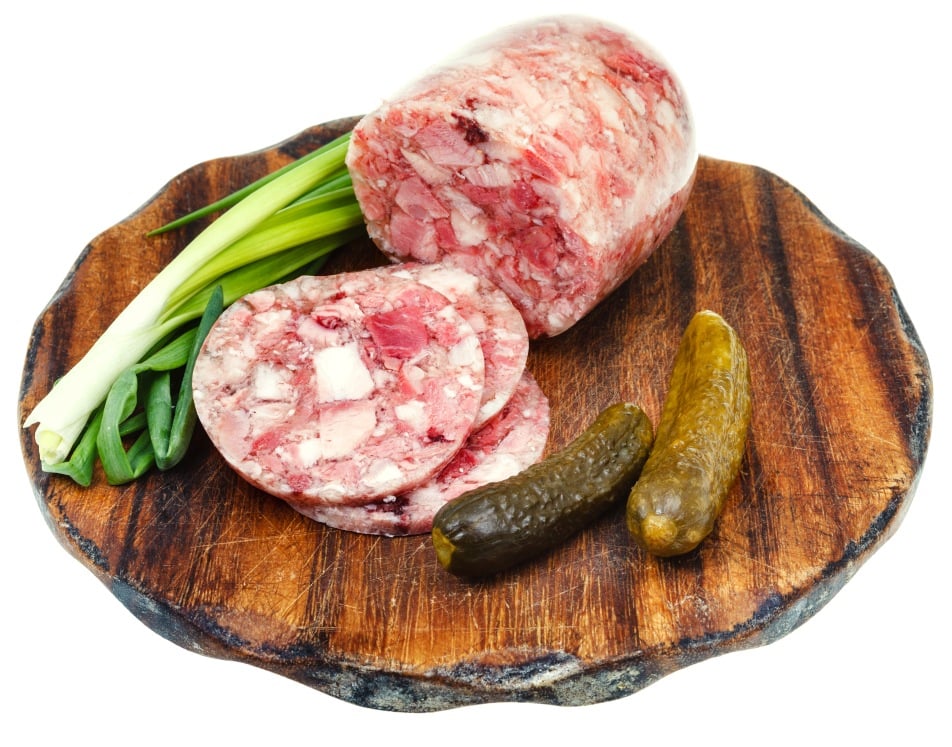
Head cheese (or souse, as it’s usually called in the South) might sound a little unusual if you’ve never had it. But it started out as a way to use every part of a pig, making sure nothing went to waste. People who grew up on farms or in rural areas still make it because it’s connected to family traditions and reminds them of their childhood.
If you’re going to make head cheese yourself, it takes a bit of patience. You simmer pork parts like the head, tongue, or feet for hours until they’re tender enough to pull apart and the broth naturally thickens. Then the meat gets chopped up, mixed with basic seasonings like garlic, onion, vinegar, salt, pepper, and sometimes herbs. Pour it into a loaf pan or mold, chill it until firm, then slice thin and eat it cold, usually with crackers, mustard, pickles, or bread.
7. Liver and onions
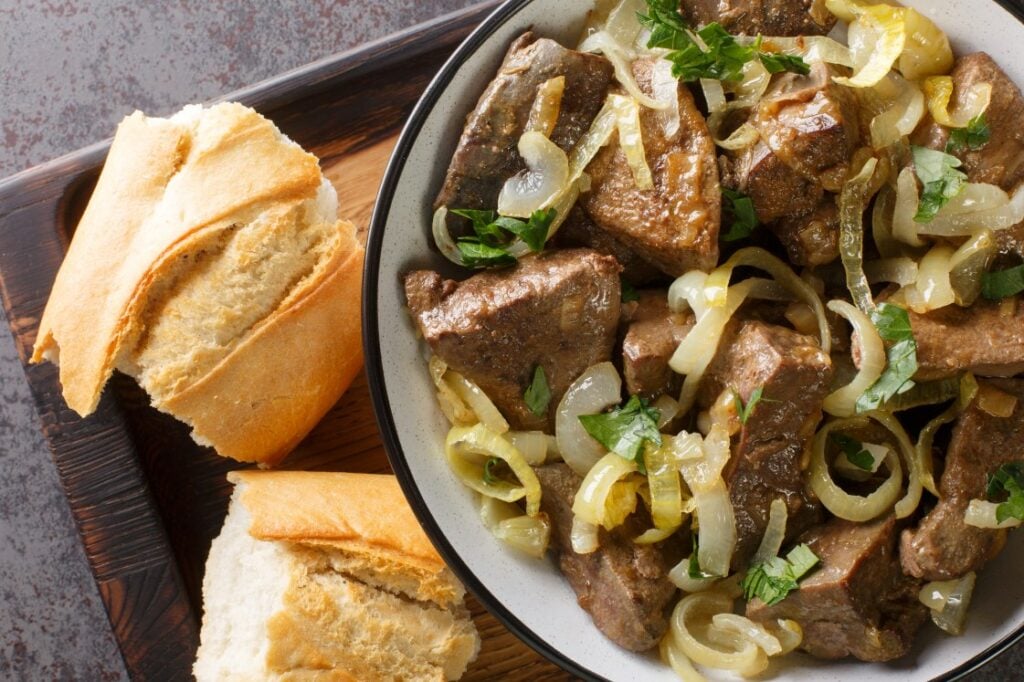
Liver and onions is one of those meals you probably wouldn’t try as an adult unless you already loved it as a kid. Cooking liver isn’t complicated, but if you’ve never made it yourself, knowing a few tricks helps a lot.
Start by soaking liver slices in milk for at least an hour — it cuts down on any strong or bitter taste and helps tenderize the meat. After soaking, pat the slices dry so they’ll brown better. Coat lightly with flour, then quickly pan-fry in hot oil, just a few minutes per side. Overcooking makes liver tough, so keep an eye on it.
Pairing it with thinly sliced onions cooked slowly in butter until sweet and golden brings everything together exactly the way you remember.
8. Pickled pig’s feet
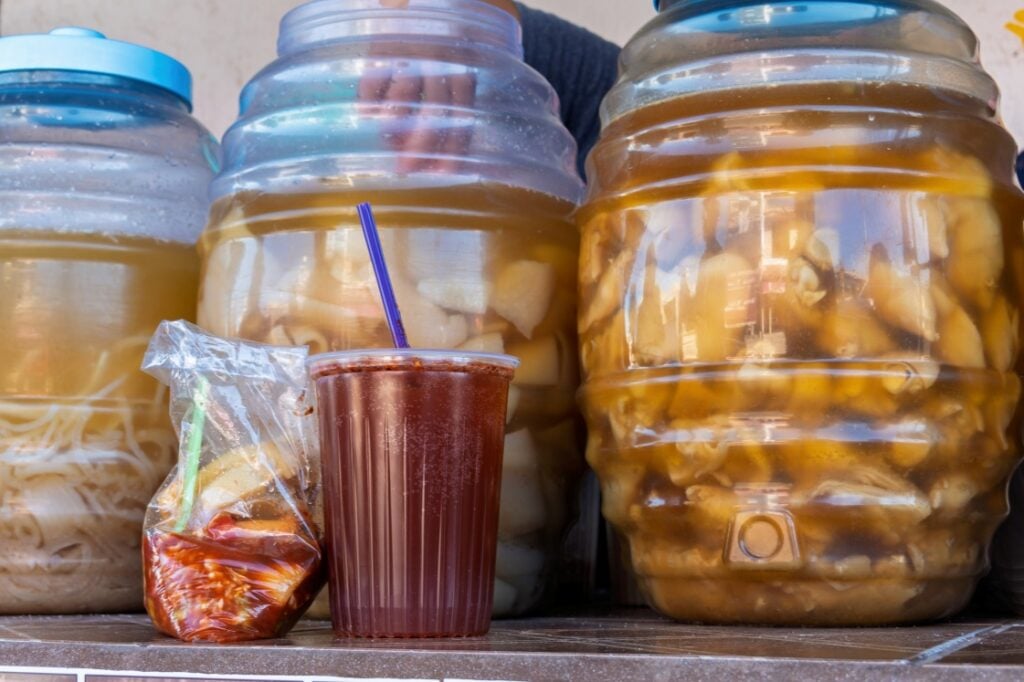
Pickled pig’s feet aren’t complicated, but they do take time. You’ll usually find them in jars, preserved in a tangy, vinegar-based brine, often flavored with spices like mustard seed, cloves, or bay leaves.
If making them at home, start by thoroughly cleaning the pig’s feet, then boiling them gently until tender — this might take a couple hours. Next, you’ll pack them tightly into jars along with spices and sliced onions, covering everything in a brine made from vinegar, salt, and sugar.
Once sealed, refrigerate for several days (or even weeks) to let flavors fully develop. Pickled pig’s feet are traditionally eaten cold, straight from the jar, and they’re especially popular in Southern and rural communities.
9. Fried chicken gizzards
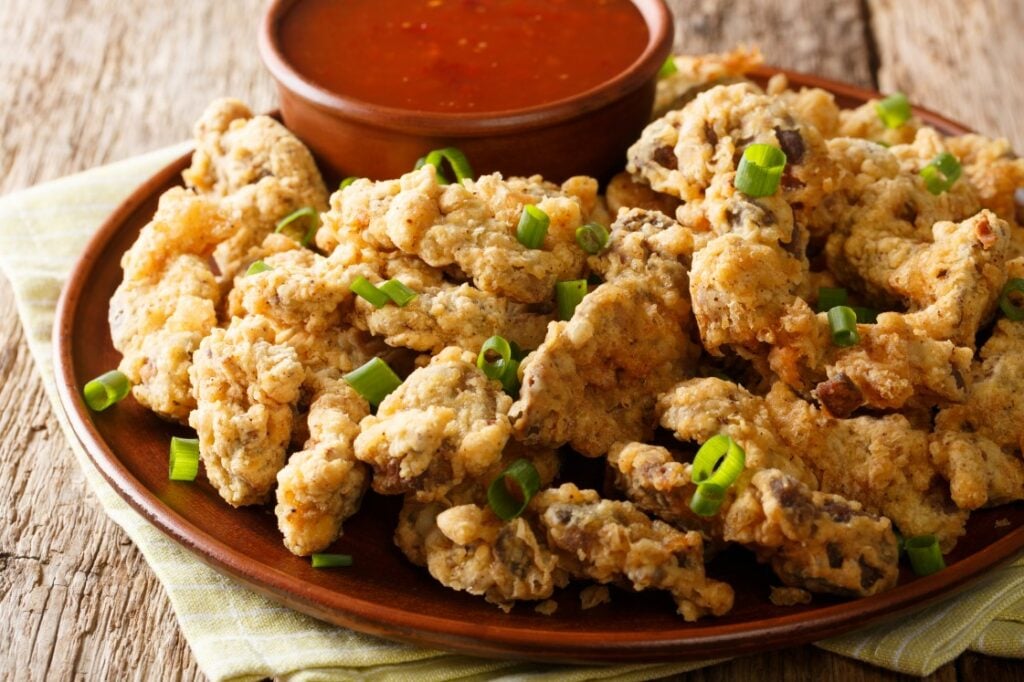
Fried chicken gizzards are tougher than regular chicken meat, but that’s part of the appeal if you’re used to them. To get the best texture, soak them first — either in buttermilk or salted water — for a couple hours. This helps soften them and cuts down on the chewiness.
After soaking, drain well and coat them thoroughly in seasoned flour, using spices like garlic powder, paprika, salt, and pepper. Fry in hot oil until crispy and golden brown; this usually takes longer than typical fried chicken pieces, around 10 minutes. Don’t rush it, or they’ll be too tough.
These are popular in Southern cooking, especially served hot with dipping sauces like ranch or hot sauce.
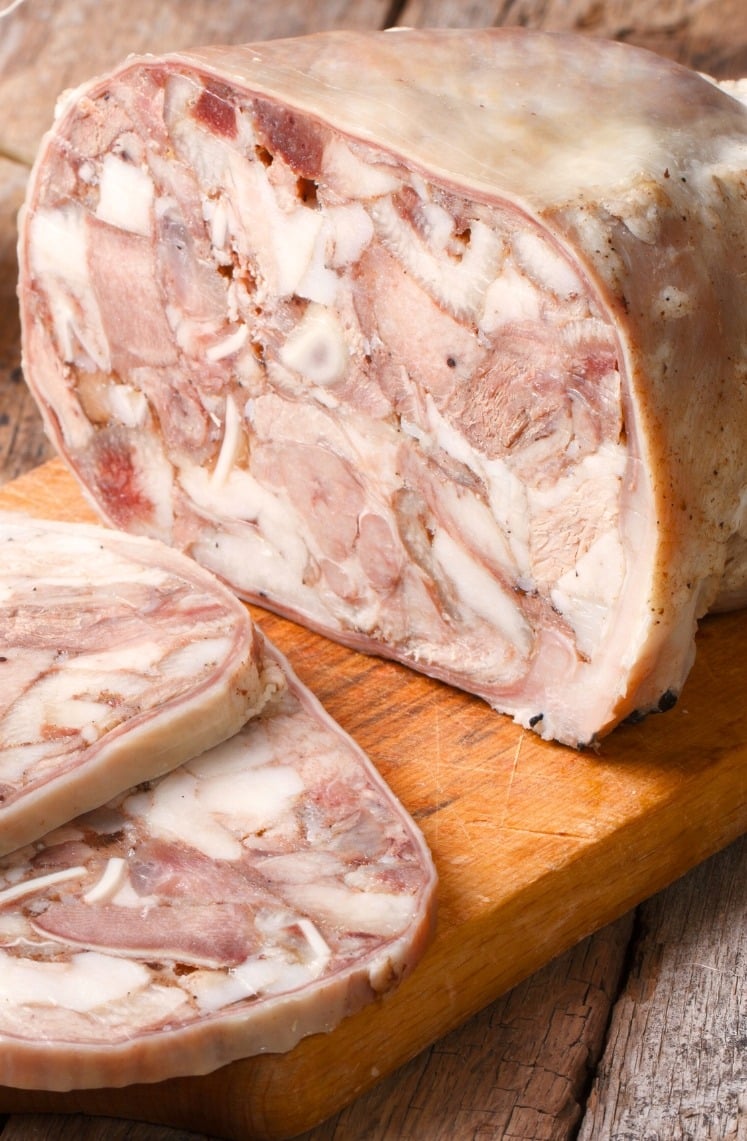



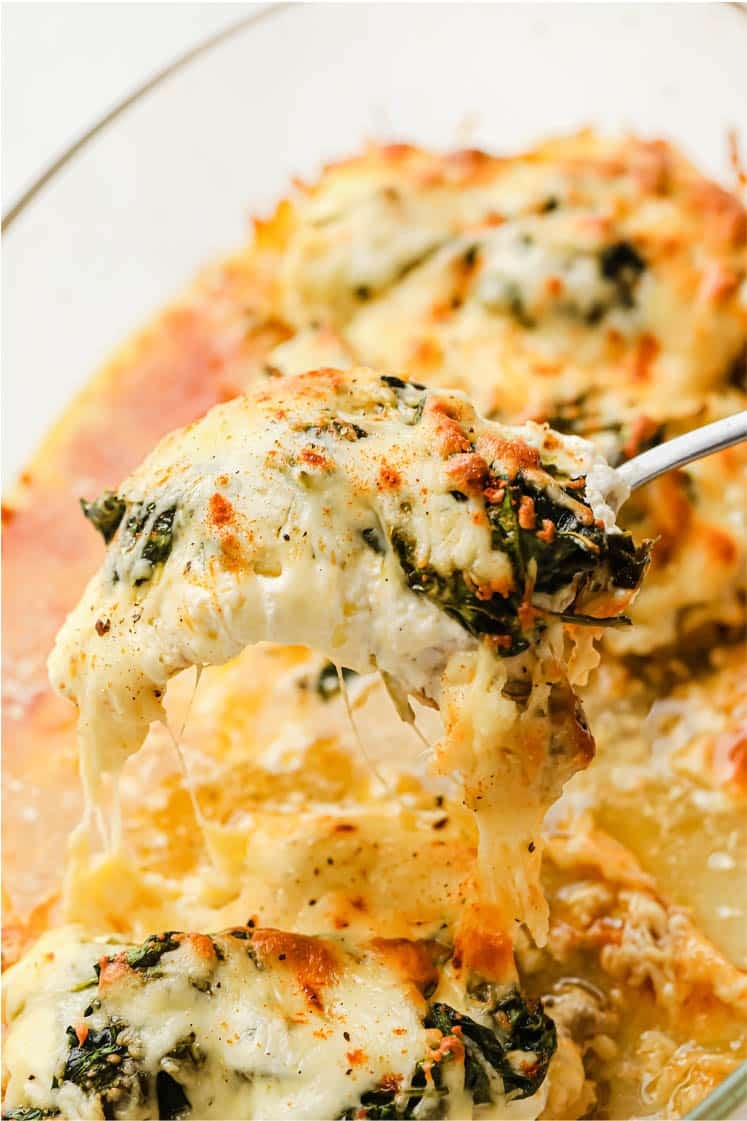

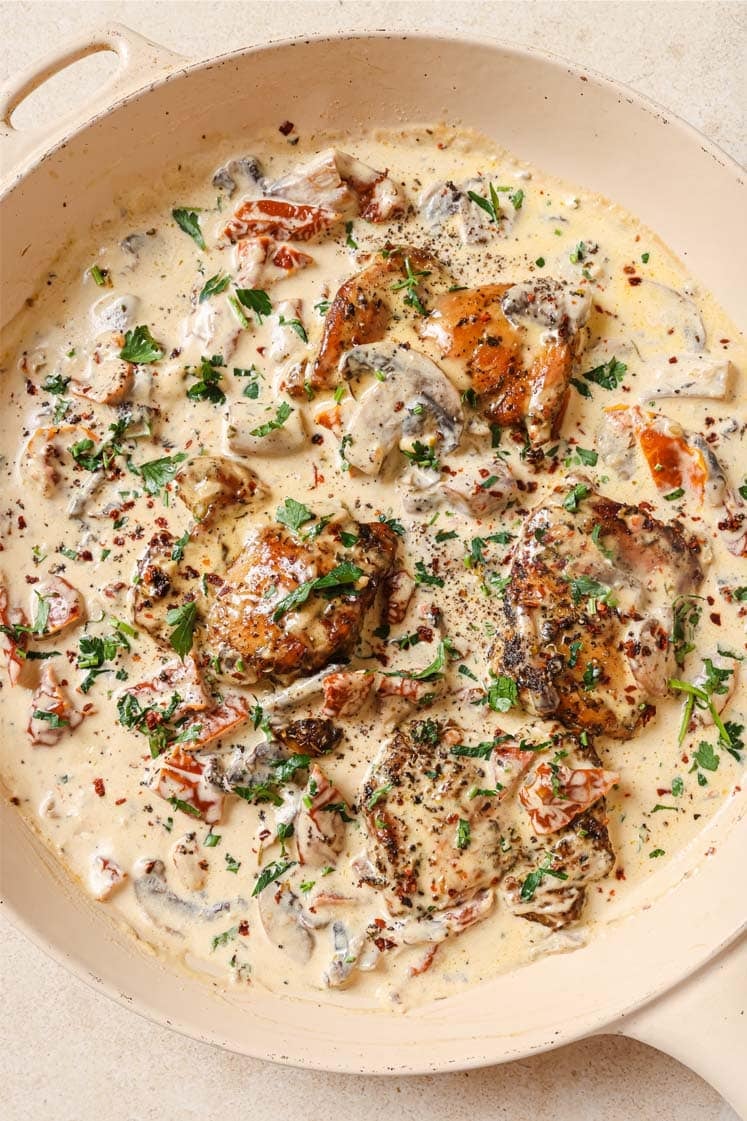

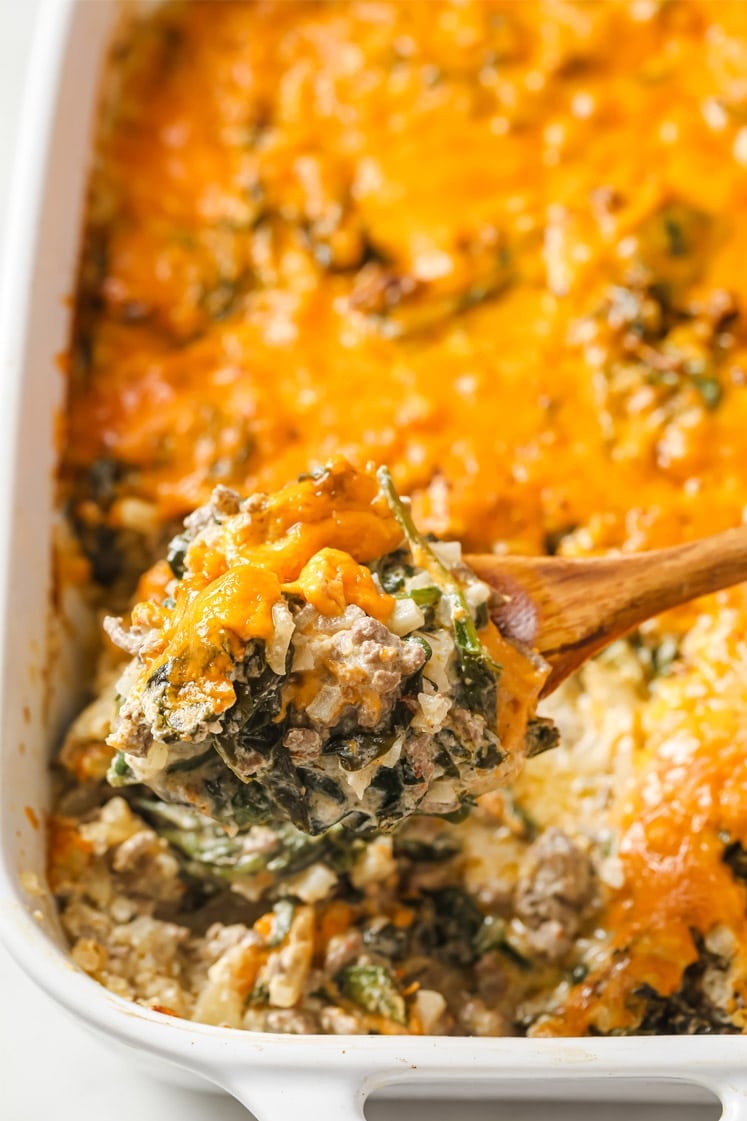


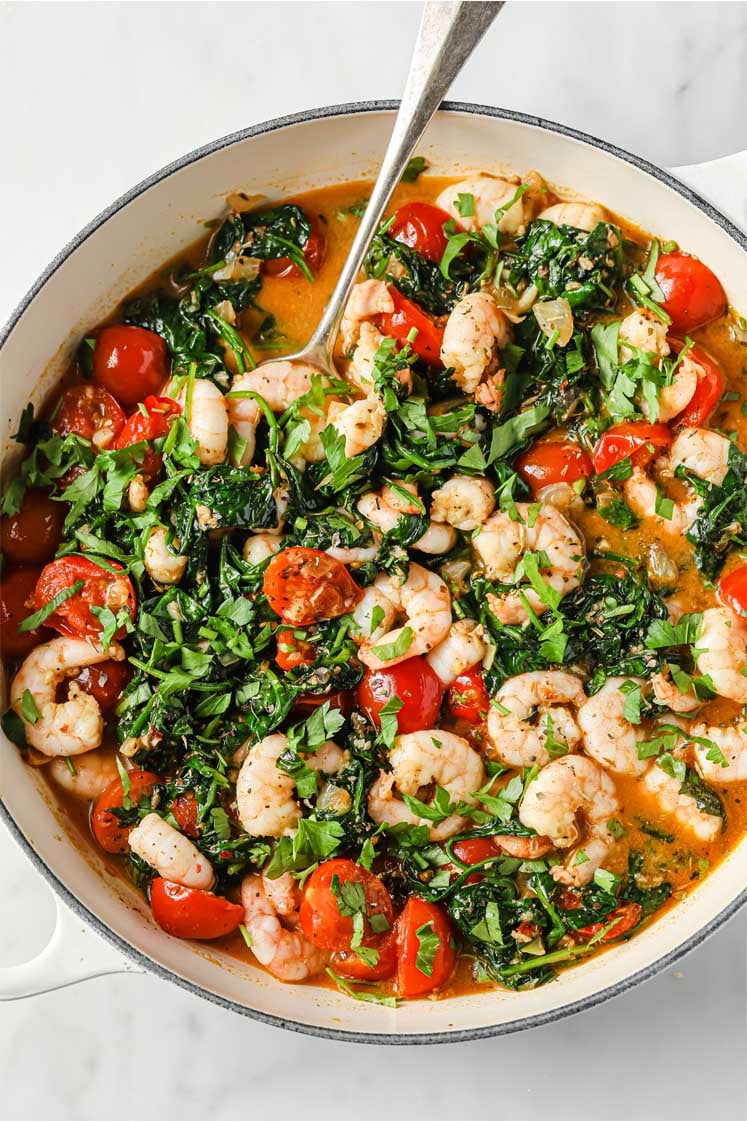

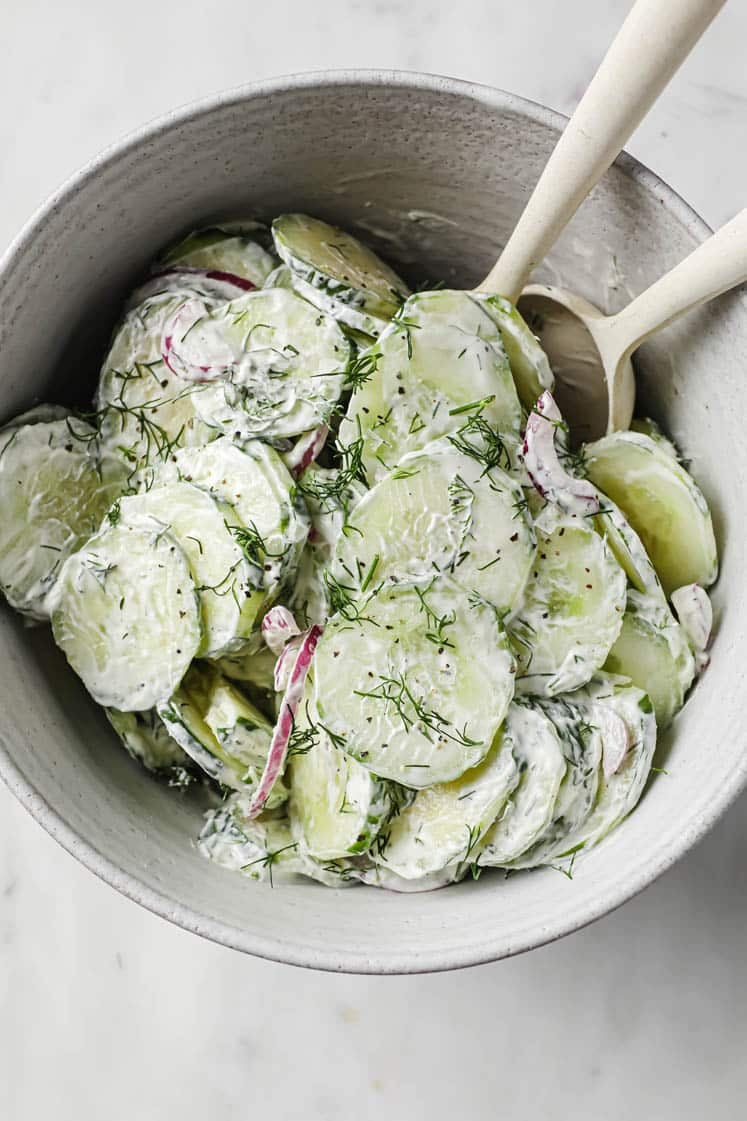









Leave a Reply